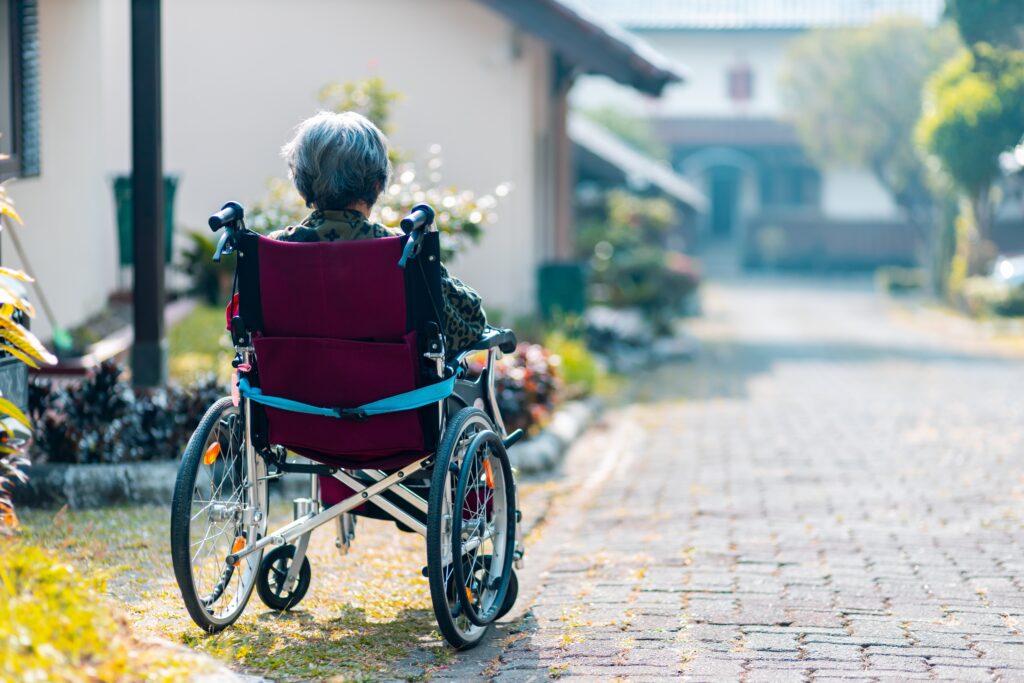-
Australia
Copyright © 2025 Powered by BCI Media Group Pty Ltd
Confirm Submission
Are you sure want to adding all Products to your Library?
Contact Detail
12 Jan 2024 by Acculine

Wayfinding in dementia care is a critical aspect of designing and maintaining a safe and comfortable environment for patients with dementia. Dementia is a progressive brain disorder that affects memory, thinking, behavior, and the ability to perform daily activities. In hospitals, patients with dementia often experience confusion and disorientation, making it difficult for them to navigate the facility and access the services they need.
Effective wayfinding in dementia care involves designing an environment that is easy to navigate, visually consistent, and free of confusion. This includes the use of clear signage, bright colors (although not too bright to cause over-stimulation), and simple, easy-to-understand symbols. It also involves providing a layout that is intuitive and easy to follow, with dedicated spaces for different activities and services.
One of the most important considerations in wayfinding for dementia care is the use of color. Contrasting colors can help to highlight critical areas, such as exits and elevators, and make them more visible to patients with dementia. The use of color can also be used to create a sense of continuity and consistency throughout the facility, making it easier for patients to orient themselves and find their way around. It is important to opt for muted tonal colours and avoid overly bright colours which can cause over stimulation to the resident’s brain, creating confusion, frustration, and disorientation.
Another key aspect of wayfinding in dementia care is the use of clear and simple signage. This includes the use of large, easy-to-read text and symbols, as well as the use of consistent font and color schemes. Signage should be placed at eye level and in easily visible locations, such as near doorways and elevators. It should also be placed in areas likely to be used by patients with dementia, such as near bathrooms and other communal areas.
In addition to wayfinding, the architectural design of hospital and aged care itself also plays a crucial role in ensuring safety for dementia patients. For example, a layout that uses natural light, open spaces and avoiding sharp angles, can help reduce confusion and disorientation. The use of materials with natural appearance, such as wood and stone, can also help to create a calming and soothing environment. The layout should be designed in a natural and intuitive way to reduce the sense that the residents are locked in the facility.
In addition to this, aged care and hospital facilities can also implement safety features such as door alarms and door locking systems, to prevent patients from wandering out of the facility. This is particularly important for patients with dementia who may be at risk of wandering and becoming lost.
Overall, intuitive wayfinding in dementia care is essential for creating a safe and comfortable environment for patients with dementia. By using clear and intuitive design, consistent color schemes, and easy-to-understand signage, dementia care facilities can help to reduce confusion and disorientation and improve the overall safety and well-being of patients with dementia.
To learn more about this topic, you may be interested in reading [This Article – Designing for dementia using the sixth sense framework] https://acculine.com.au/designing-for-dementia-using-the-six-sense-framework/



